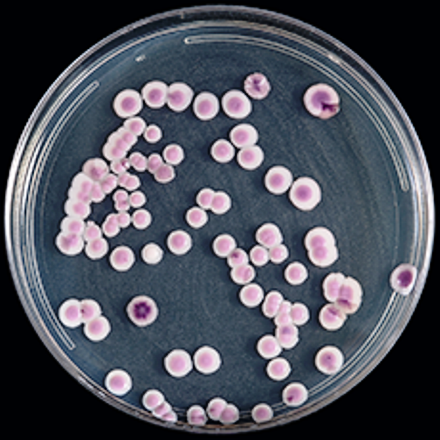There has been substantial progress in the fight against certain drug-resistant organisms that cause serious, often fatal, diseases. However, two drug-resistant microbes—specifically, Candida auris (a fungal yeast) and Acinetobacter (a genus of bacteria)—are responsible for a growing number of drug-resistant infections worldwide. These organisms pose such a potential danger to the health of affected individuals that the Centers for Disease Control and Prevention (CDC) in the United States has added the microbes to its list of pathogenic organisms considered to be urgent public-health threats. [The other pathogens on the CDC's list are Clostridioides difficile (a bacterium formerly known as Clostridium difficile), Neisseria gonorrhoeae (the causative agent of gonorrhea), and various organisms belonging to the Enterobacteriaceae bacterial family.] See also: Bacteria; Candida; Clostridium; Drug resistance; Fungi; Infectious disease; Medical bacteriology; Medical mycology; Microbiology; Pathogen; Public health; Yeast

Worldwide, more than 700,000 people die annually as a result of medical complications caused by bacterial and fungal organisms that are resistant to numerous antibiotics and therapeutic drugs. Thus, physicians and other medical personnel have become more cognizant of the connection between drug resistance and overly prescribed antibiotics, and attempts have been made to curb the use of these drugs, especially in hospital settings. As such, there have been dramatic improvements in the prevention of hospital-acquired (nosocomial) infections. See also: Antibiotic; Antibiotic resistance; Antimicrobial agents; Clinical microbiology; Nosocomial disease
However, the fight against drug-resistant Acinetobacter and C. auris has proven to be more challenging. For example, the acquisition of drug-resistant infections caused by Acinetobacter organisms remains significant, especially in hospital settings and intensive care units. Infections have been difficult to treat because Acinetobacter species typically evade clearance mechanisms by the body's innate immune system, and the organisms show resistance to most commonly used antibiotics (for example, penicillin, cephalosporins, carbapenems, and fluoroquinolones). In addition, the determination of the exact species type of Acinetobacter is often problematic because of inadequate microbiological identification facilities in some locations. As such, incidences of pneumonia, bacteremia (the presence of bacteria in the blood), and urinary tract infections caused by Acinetobacter bacteria have increased. See also: Immunology; Pneumonia
Infections caused by drug-resistant C. auris are even more serious and are fatal in 30–66% of known cases. The emergence and spread of this organism worldwide have been remarkable because this pathogen was not identified prior to 2009. Since then, C. auris has been reported in dozens of countries, with notable outbreaks occurring in Colombia, India, South Africa, Spain, and the United States. In particular, researchers surmise that C. auris may possess a singular ability to persistently colonize the host skin, thereby allowing easy transmission among patients. Furthermore, treatment options are limited because the pathogen is typically resistant to the two predominant classes of antifungal drugs (azoles and polyenes). Finally, the identification of C. auris is challenging because conventional phenotypic methods for yeast identification often lead researchers to misassign C. auris isolates to other Candida species, which hampers prompt and proper treatment. See also: Fungal infections
Lastly, some researchers caution that the incidences of cases and deaths due to drug-resistant infections may be vastly underestimated. For example, patients with other underlying illnesses are often excluded from reports of drug-resistant infections, despite the fact that drug-resistant organisms may be the primary causes of serious illness or death. See also: Epidemiology





